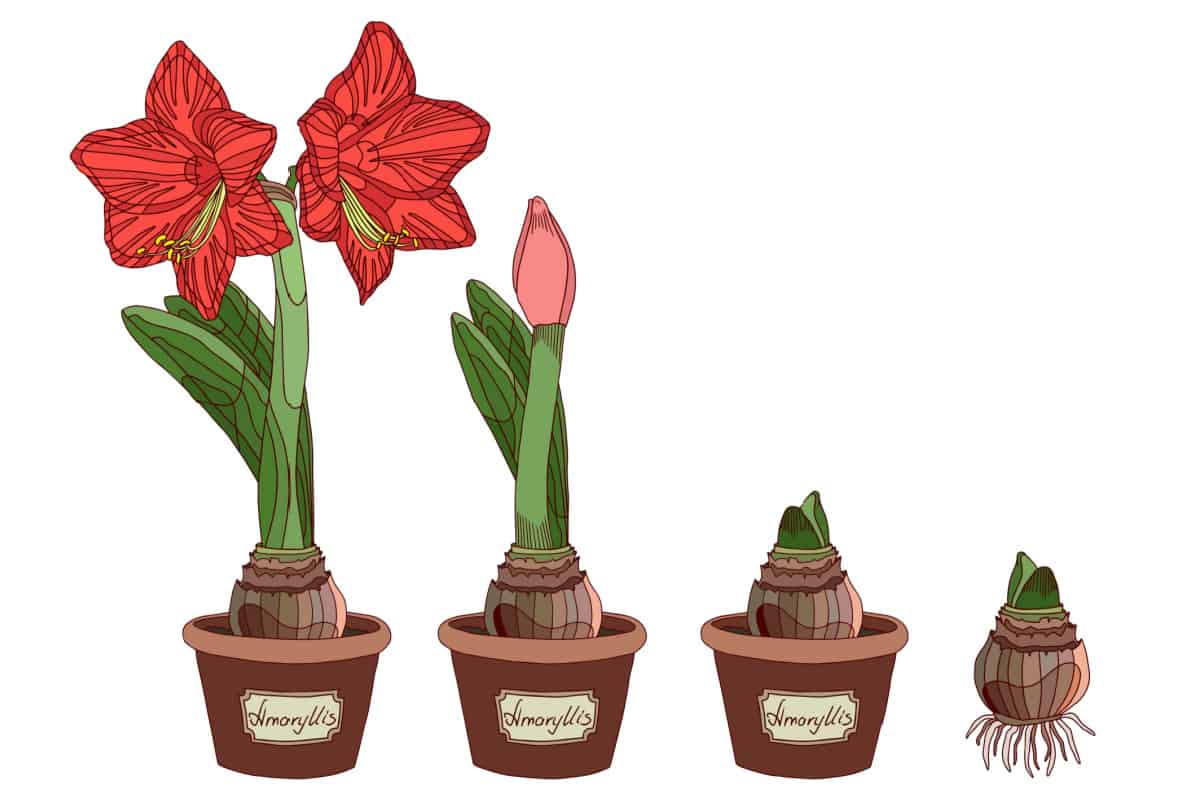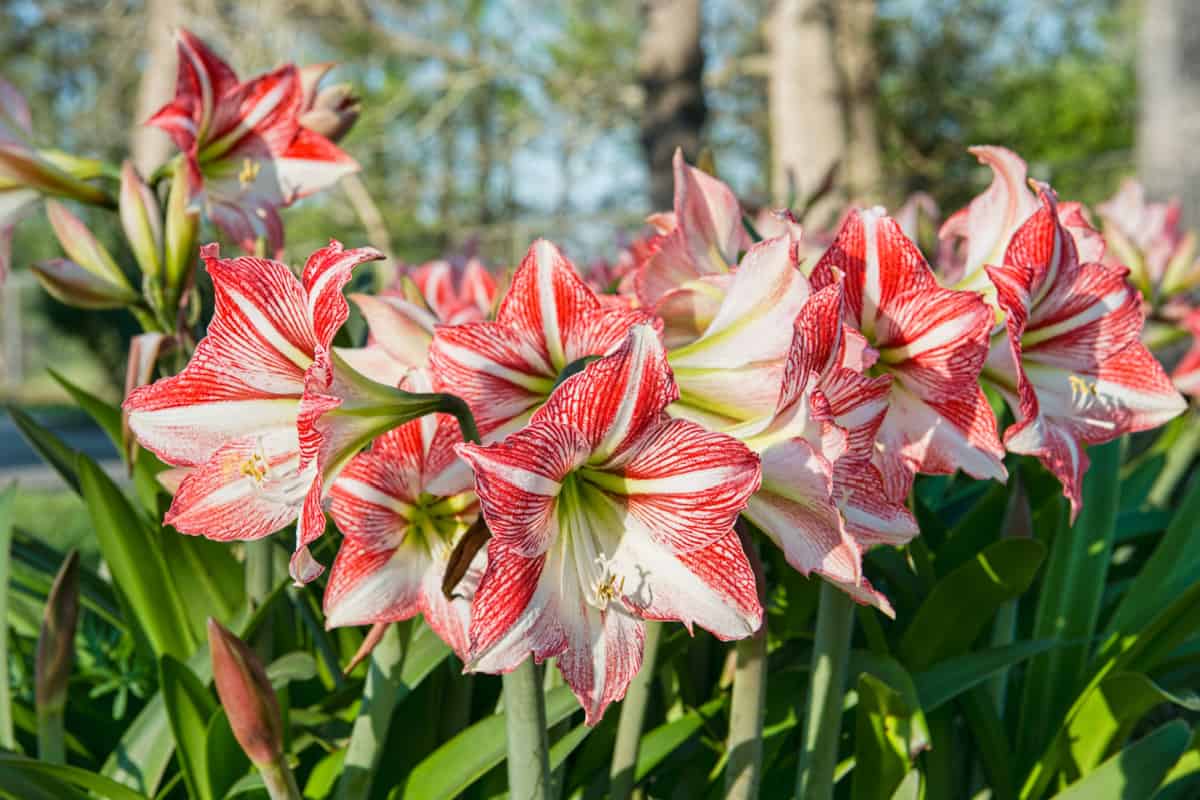We know you adore the captivating Amaryllis, with its vibrant colors and trumpet-shaped blooms. But did you know there's more to this botanical beauty than meets the eye?
Get ready for a fascinating rapid fire dive into the enchanting world of Amaryllis, as we unveil lesser-known facts and intriguing tidbits about this stunning plant.
From its role in the language of flowers to the difference between Amaryllis and Hippeastrum, you'll discover a wealth of knowledge that will make you appreciate these blooms even more.

1. Native origins
Amaryllis, with its vibrant trumpet-shaped flowers, is native to South Africa and South America. These stunning plants have been admired for centuries, making them a popular choice for both indoor and outdoor gardens.
2. Bulb size matters

The size of the Amaryllis bulb is directly related to the number of flower stalks and blooms it will produce.
Larger bulbs (12-14 inches in circumference) typically yield more flowers, while smaller bulbs produce fewer.
3. Dormancy period
Amaryllis plants go through a dormancy period, usually in late fall or early winter.
During this time, it's crucial to reduce watering and allow the foliage to die back naturally. After 8-10 weeks of rest, the plant will be ready to bloom again.
4. Propagation through offsets
Amaryllis can be easily propagated by separating offsets (small bulbs) that grow around the base of the parent bulb.
Gently remove the offsets and plant them in their own containers to start new Amaryllis plants.
5. Long-lasting cut flowers

Amaryllis blooms can be used as cut flowers and have a vase life of up to 2 weeks. To extend their life, cut the stalk at an angle, remove any foliage below the waterline, and change the water every 2-3 days.
6. Deer-resistant

Amaryllis plants are deer-resistant, making them a great choice for gardeners who want to enjoy beautiful flowers without attracting unwanted attention from wildlife.
This feature can be particularly beneficial in regions where deer are prevalent.
7. Not just for Christmas

Although Amaryllis is often associated with the holiday season and Christmas in particular, these plants can be encouraged to bloom at various times throughout the year.
By staggering the planting of bulbs, you can enjoy their stunning flowers during multiple seasons.
8. Amaryllis vs. Hippeastrum
The name "Amaryllis" is often used interchangeably with "Hippeastrum," which can lead to confusion.
True Amaryllis (Amaryllis belladonna) is a single species native to South Africa, whereas Hippeastrum is a genus that contains over 90 species and 600 hybrids.
The plants commonly referred to as "Amaryllis" in the gardening world are, in fact, Hippeastrum.
9. Symbolism and meaning
In the language of flowers, Amaryllis is said to symbolize pride, determination, and radiant beauty. Its striking appearance and bold colors convey a sense of strength and confidence.
These qualities make Amaryllis a meaningful gift for someone you admire or as an expression of your own inner strength.
In Closing
As we wrap up our exploration of the captivating Amaryllis, we hope you've enjoyed discovering the intriguing facts and lesser-known details about this remarkable plant.
With its striking appearance, rich symbolism, and fascinating background, Amaryllis truly stands out as a botanical gem. Armed with this newfound knowledge, you'll be able to appreciate these stunning blooms on a whole new level.

Great history of this beautiful flower!! Thanks for sharing!!